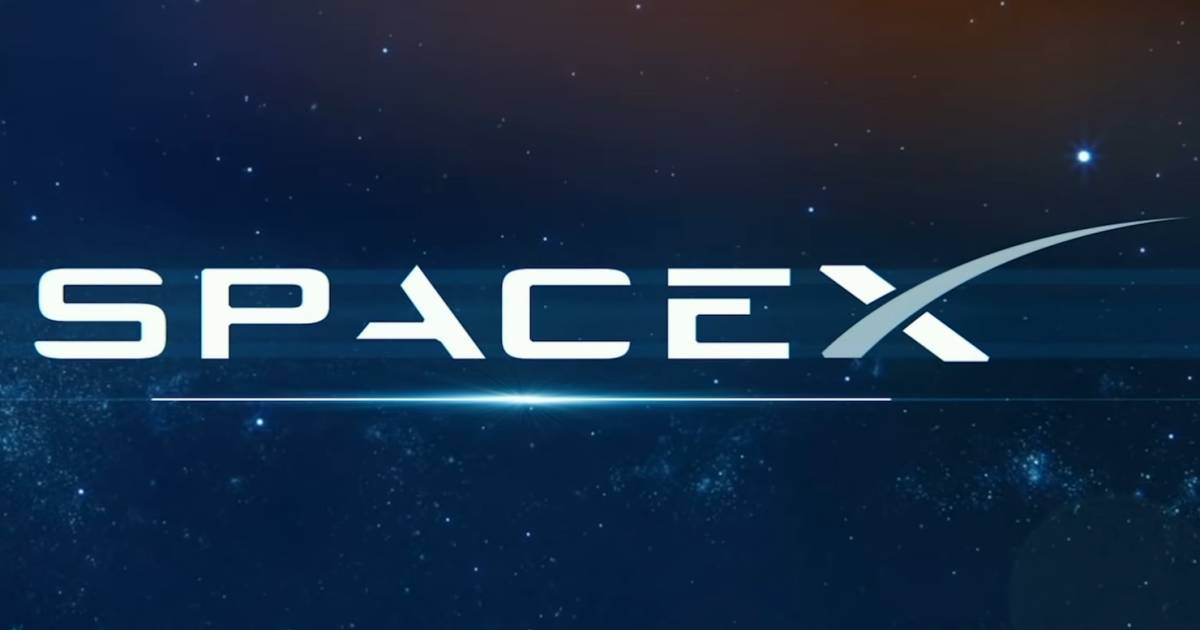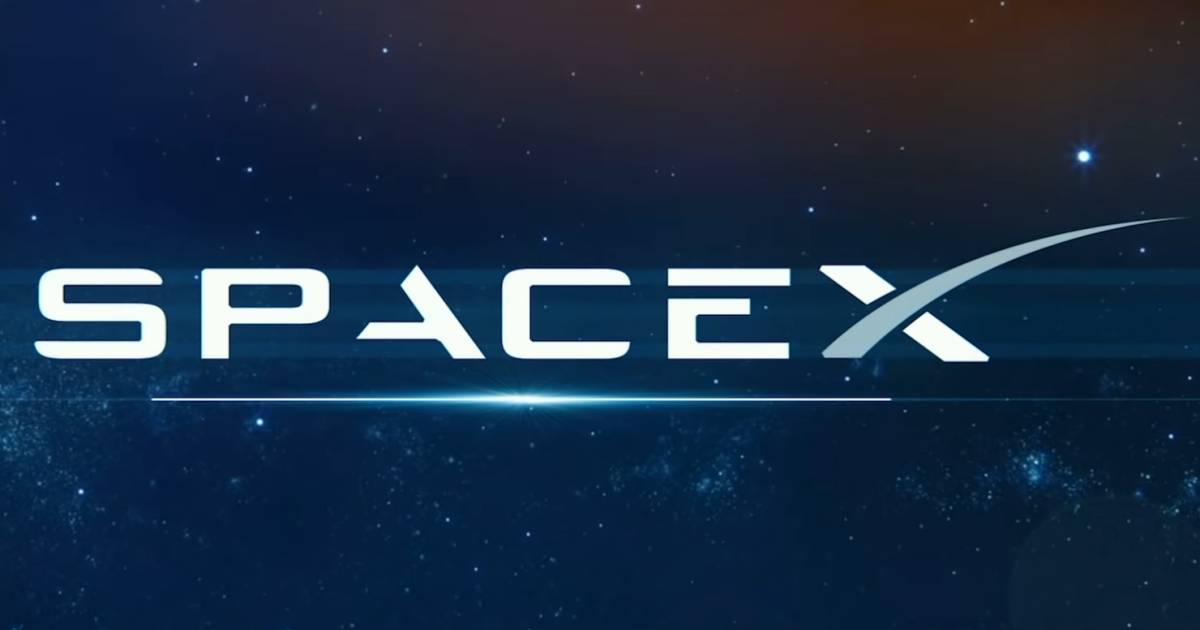Elon Musk's SpaceX is taking the initial steps required to operate its Starlink satellite broadband service in Australia.

Starlink aims to offer low-latency and superfast broadband services across the planet, particularly in underserved areas. This doesn't involve just a few satellites or even a few dozen or few hundred. SpaceX was originally considering putting 12,000 small satellites in low Earth orbit, but apparently it could be shooting for as many as 42,000 - although it acknowledges it may not need that many.
SpaceX’s initial launch of Starlink satellites back in May put a scare into some as the satellites formed a “train” when initially deployed that could be clearly seen from the ground - and that was just 60 satellites.
The company appears confident it can start offering Starlink broadband services in the USA next year.
Starlink And Australia
With regard to SpaceX operating Starlink in Australia, it isn't just a matter of having the satellites in place and then start beaming away - special permissions need to be sought from Australian authorities.
Australia's Radiocommunications Act prohibits the operation of a radiocommunications device within our borders, unless it has been authorised by a relevant licence issued by the Australian Communications and Media Authority (ACMA).
Furthermore, under the Radiocommunications Act 1992, foreign satellite operators need to be included in the Radiocommunications (Foreign Space Objects) Determination 2014 as a preliminary step before a satellite network can be licensed to operate.
SpaceX has approached the ACMA to kick off the regulatory approvals process and ACMA has proposed to amend Schedule 1 of the Foreign Space Objects Determination to include the company and two others who also have their sights set on Australia.
The other companies are Kepler Communications (Canada) and Swarm Technologies (USA). Kepler's focus is on a standardized connection for Internet of Things (IoT) devices through a globally available satellite service, while Swarm intends to deploy satellites to provide two-way connectivity for IoT and machine-to-machine sensors.
Before fiddling with the Foreign Space Objects Determination, the ACMA must undertake consultation; so it is inviting feedback on the proposal until November 19 this year. Further information and instructions for submissions can be found here.
Regardless of whether the three companies ultimately get the nod to operate in Australia or not, it looks like the skies are going to become increasingly crowded. According to the Union of Concerned Scientist, more than 2,000 operational satellites are already currently in orbit around the Earth.



